Home / Pot Dabbing Secrets: How to Get the Best High
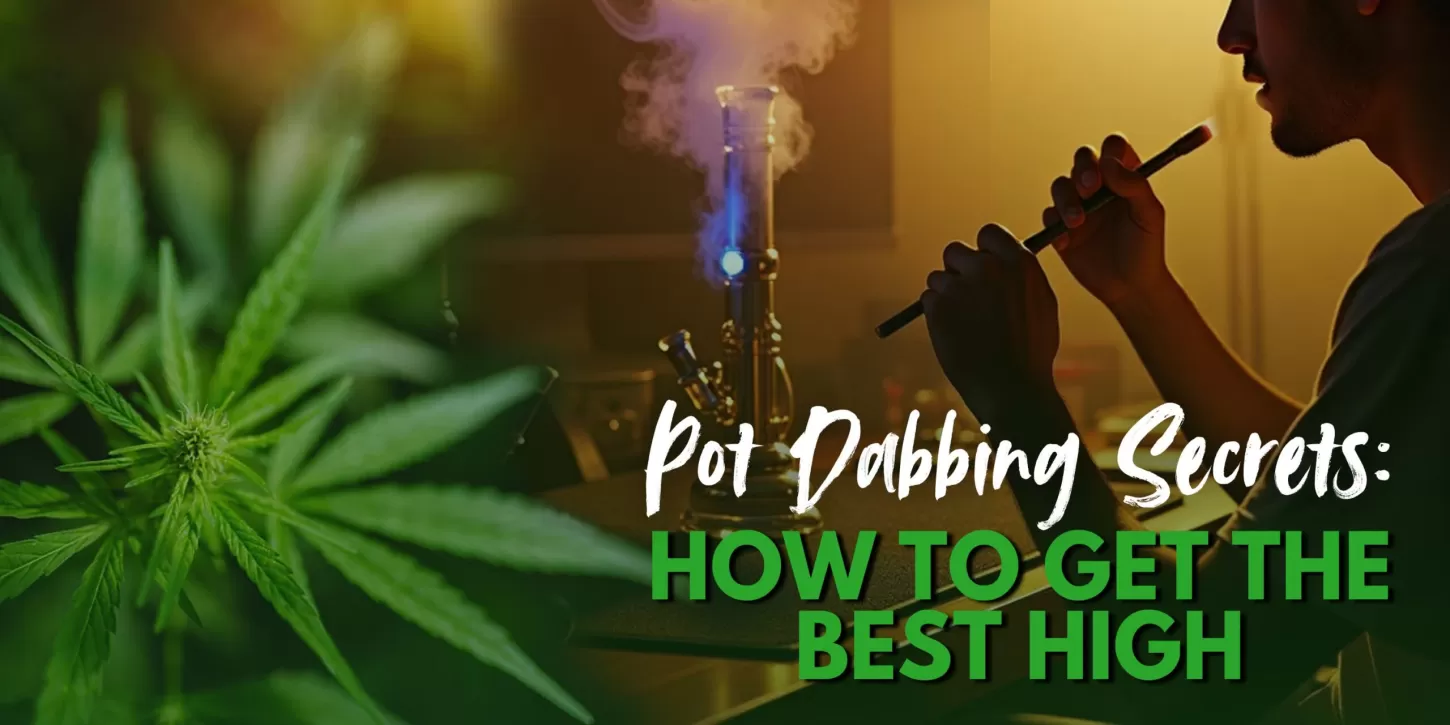
Pot dabbing is a new method of consuming cannabis concentrates, which provides strong effects and strong flavors. Unlike the old smoking, dabbing involves vaporizing extracts such as shatter, wax, and budder through a specific dab rig. This process heats the concentrate at high temperatures, resulting in smooth, strong vapor rather than harsh smoke.
If you’re a beginner to dabbing, you need to learn how to dab weed. You’ll require a dab rig, a torch, a dab tool, and a carb cap to control airflow. Heat the nail, add a small amount of concentrate, and inhale the vapor. Because of the high THC level, start slow so that you don’t get overwhelmed.
Pot dabbing provides a cleaner, more effective cannabis experience but with practice and care. Always work with high-quality concentrates and appropriate equipment for the best outcome. Ready to experience the world of dabbing? Let’s begin!
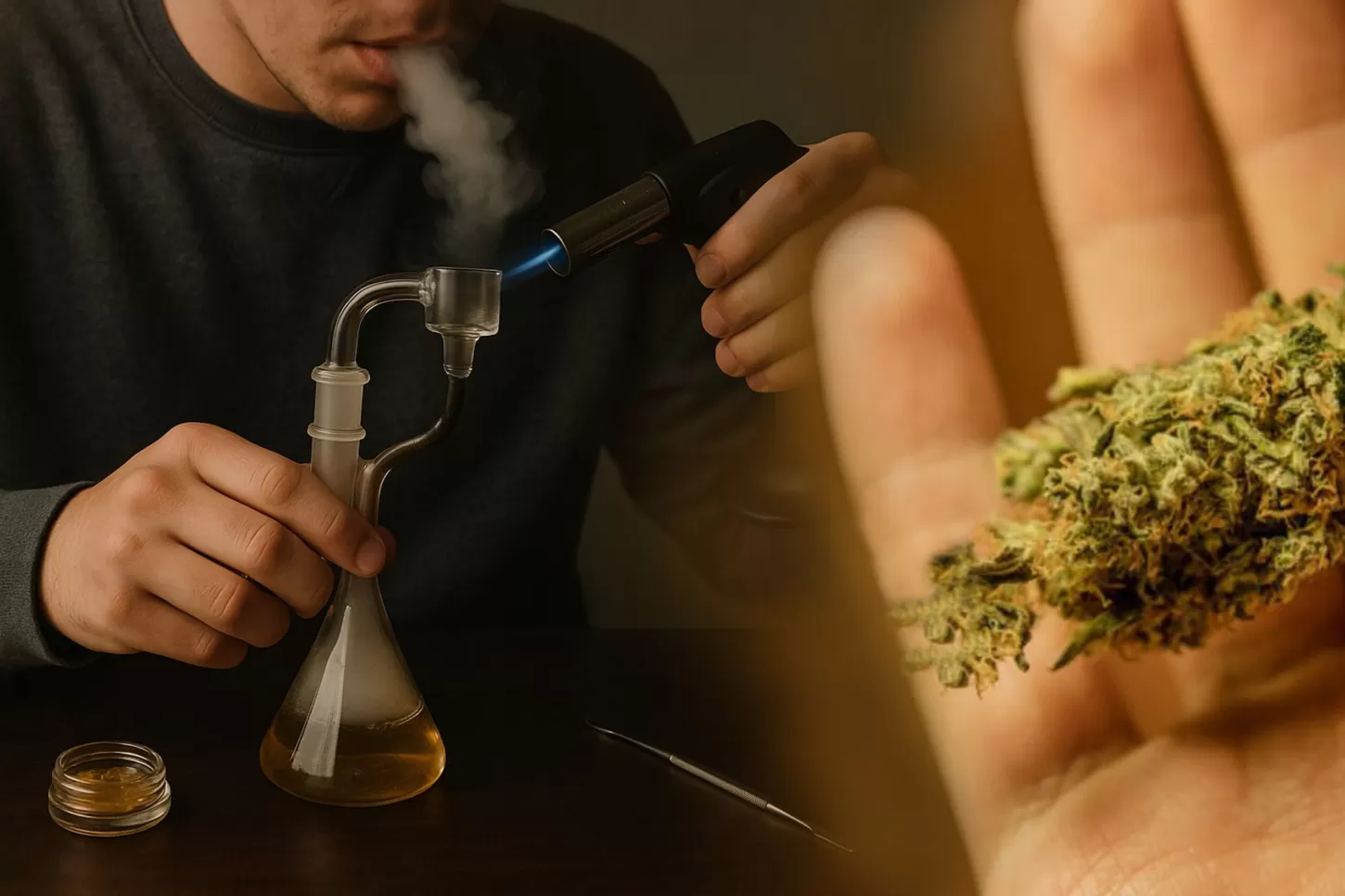
Dabbing is a common method of cannabis concentrate consumption that gives consumers a strong and quick onset effect. Hash oil is one of the concentrates available, and its high tetrahydrocannabinol (THC) content and unique method of consumption have made it stand out.This piece explores the nature of hash dabs, taking a closer look at dabbing, its benefits and drawbacks, and important points to consider when one is keen on using the consumption method.
Hash dabbing involves smoking the fumes created when hash oil is burned, which produces an extremely potent cannabis resin. Cannabis resin is produced with solvents such as butane or ethanol, and the end product turns out to be extremely concentrated with cannabinoids like THC and cannabidiol (CBD). The concentrate one gets can have approximately 80% THC, which is much higher compared to traditional cannabis products, which range from 10-25% THC.
Special equipment is needed to properly vaporize and inhale the concentrated hash oil. The necessary parts are:
The process involves heating the nail with the torch until it becomes warm, and thereafter putting a small quantity of hash oil on the warm surface using the dabber.The heat vaporizes the concentrate, and when breathed in through the dab rig, it creates a vapor. This gives almost instant action as the cannabinoids get absorbed very quickly.
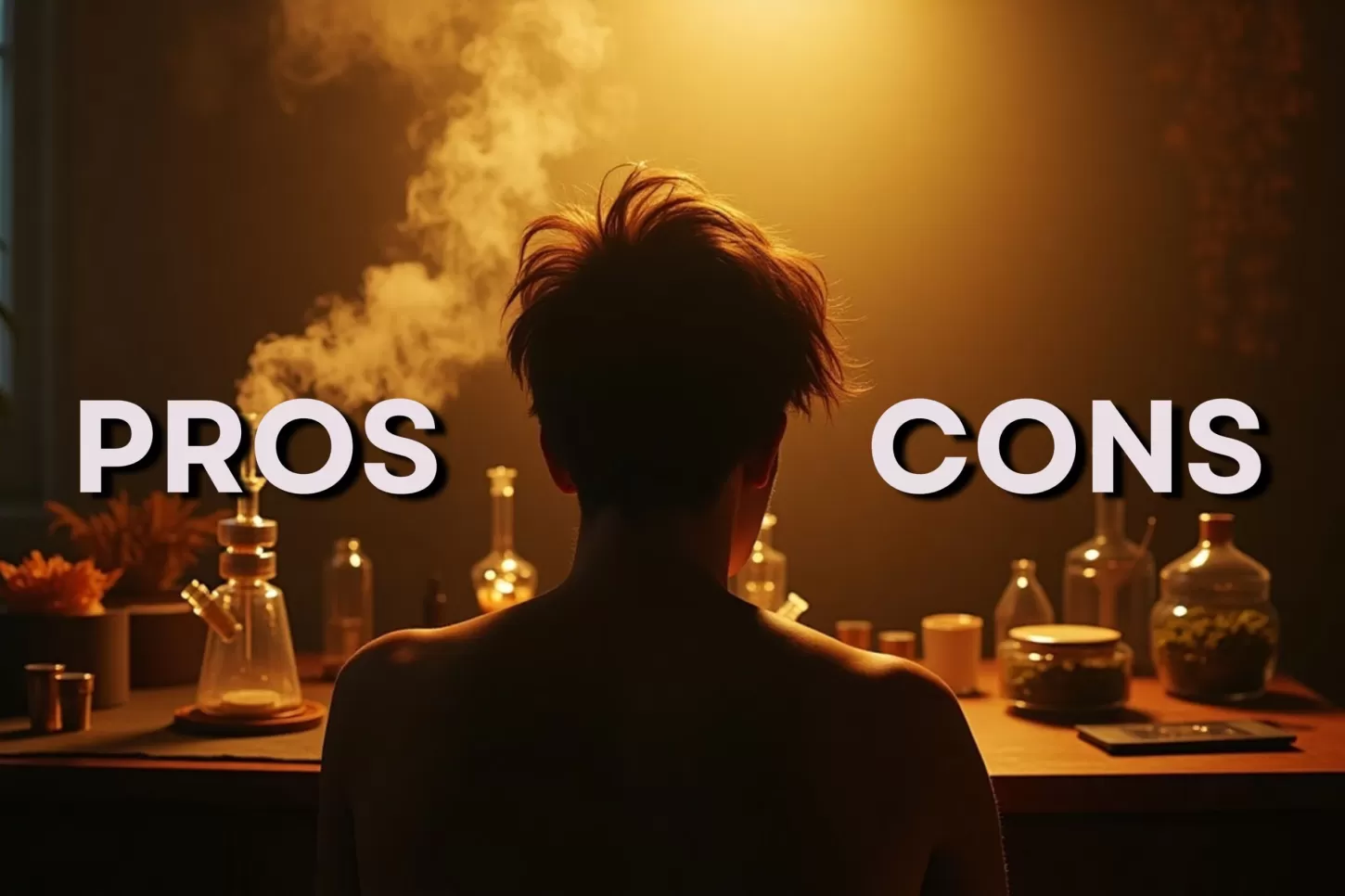
Just as with any form of consumption, dabbing has its own set of pros and cons.
While dabbing provides a distinct consumption experience, one should also be conscious of the underlying health risks. The high levels of THC are capable of creating potent psychoactive effects, which can be overpowering, particularly among novice consumers.Short-term adverse effects include dizziness, syncope, and cannabinoid hyperemesis syndrome (CHS), which is a condition characterized as severe vomiting and nausea. Long-term risks continue to be investigated, but of concern among these are potential damage to the lungs and increased susceptibility to addiction.
The legality of dabbing and hash oil varies by jurisdiction. Cannabis concentrates could be legal for medical or recreational use in some places, but illegal in others. Pay attention to and follow local laws regarding cannabis use. Also, since there are risks in producing and consuming hash oil, it is advisable to get the products from credible sources and consume them responsibly.
Dabbing hash oil provides a strong and quick way of consuming cannabis that is appealing to most users looking for quick and strong effects. It is, however, fraught with serious health and safety implications. Familiarity with the process, balancing the advantages and disadvantages, and knowledge of the risks involved are critical steps for anyone who might be looking into this approach. With any substance, moderation and compliance with legal regulations are crucial to a safe and enjoyable experience.
1. What is “dabbing”?
“Dabbing” is both a dance move and a way of smoking cannabis concentrates.
2. What is the dabbing dance move?
The dabbing dance move is tucking your head into your bent arm while the other arm is stretched out. It was popularized in hip-hop and sports.
3. What is dabbing in the cannabis community?
Dabbing is a method of consuming cannabis concentrates (like wax or shatter) by vaporizing them on a hot surface and breathing in the vapor.
4. How did the dab dance originate?
The dance originated in the Atlanta hip-hop community and reached mainstream popularity during the mid-2010s.
5. Is dabbing safe?
Dabbing within cannabis refers to strongly concentrated material that can result in more severe reactions than customary smoking. Equally, moderate precautions and necessary tools are paramount.
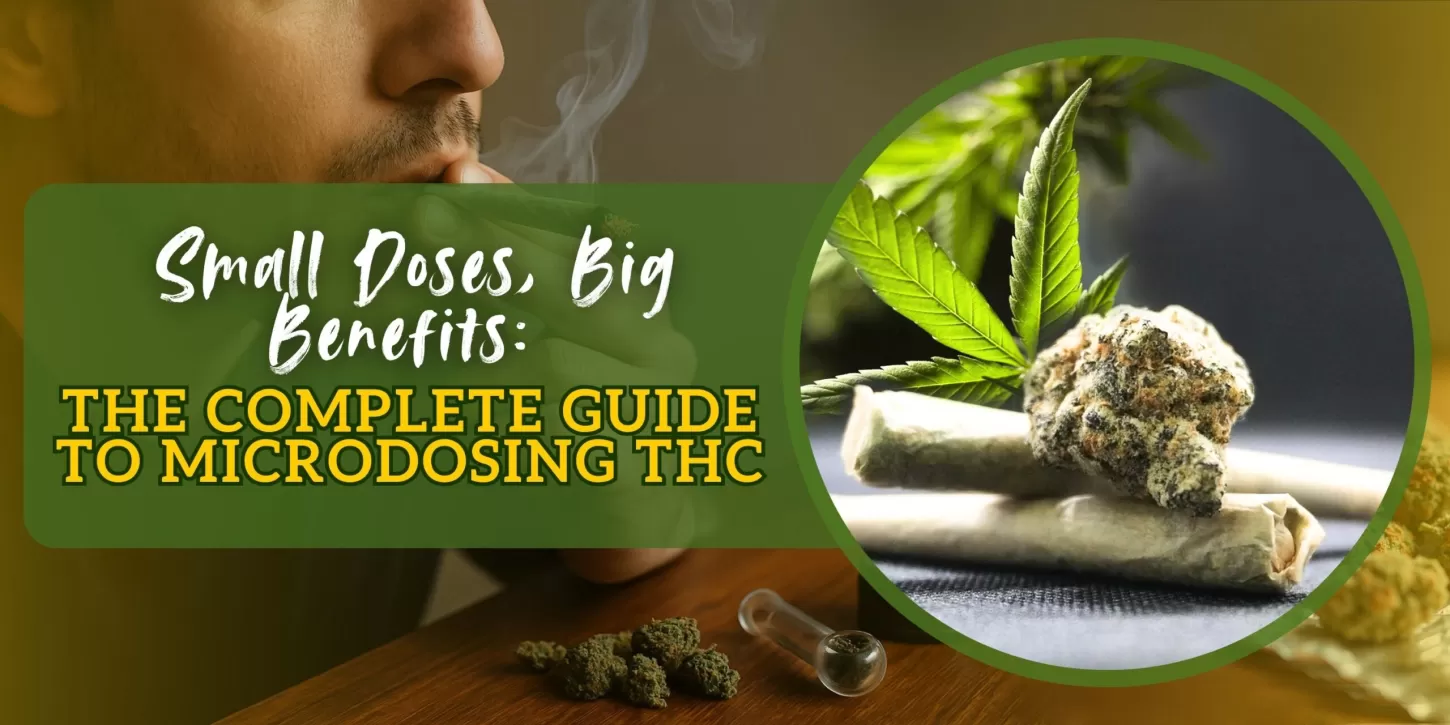
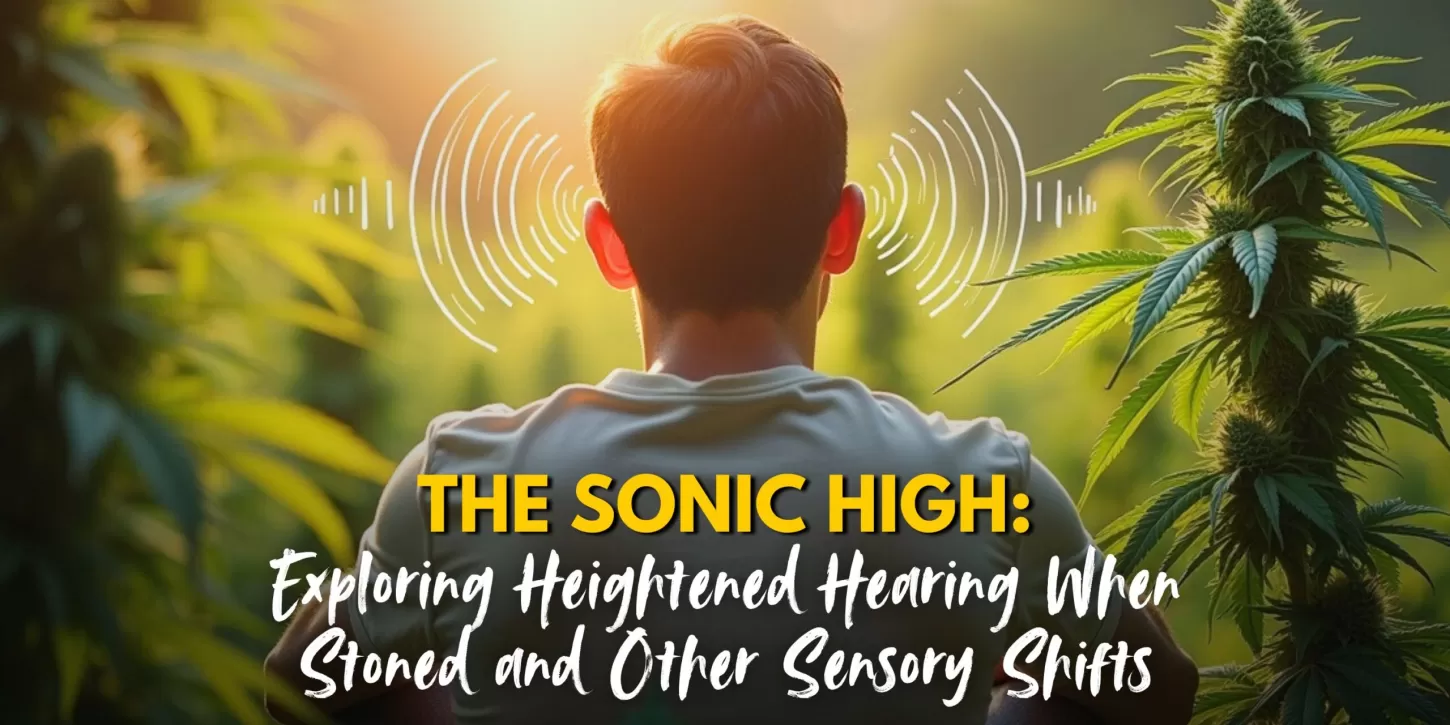
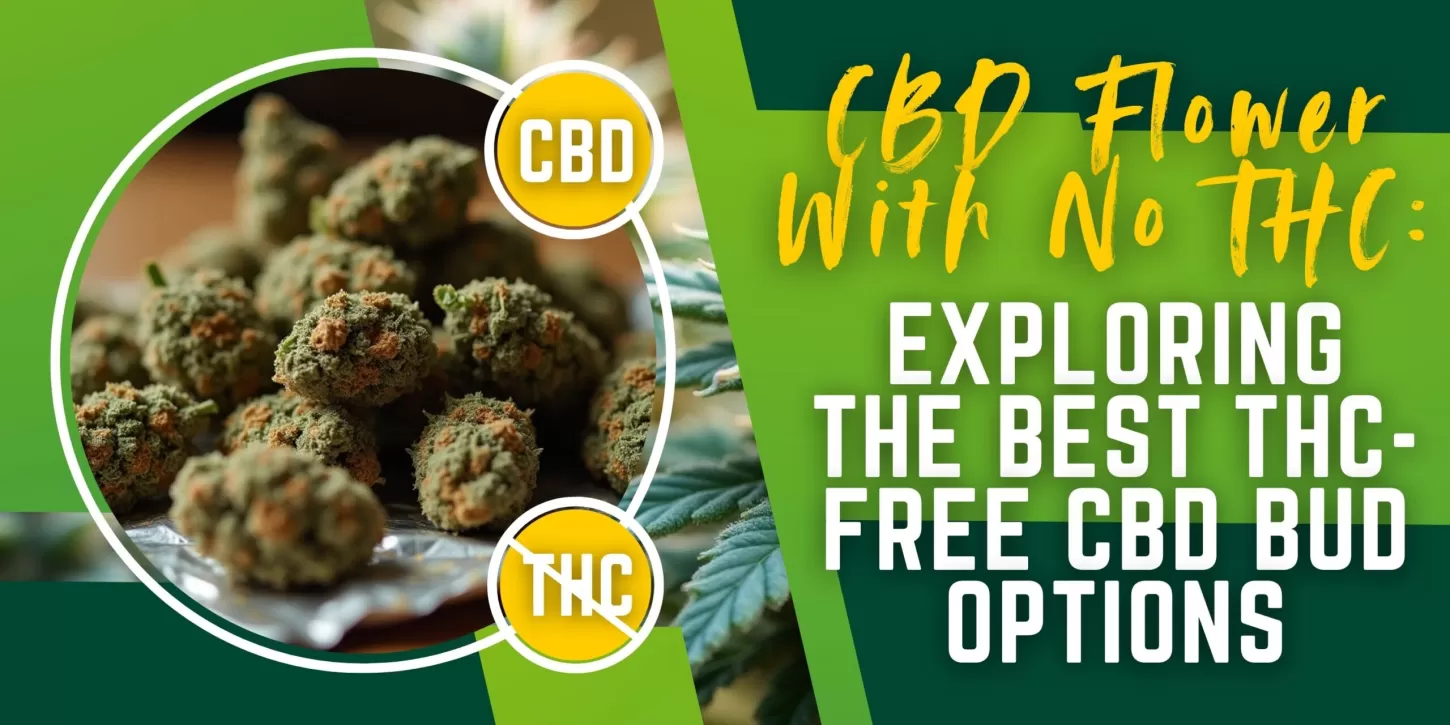
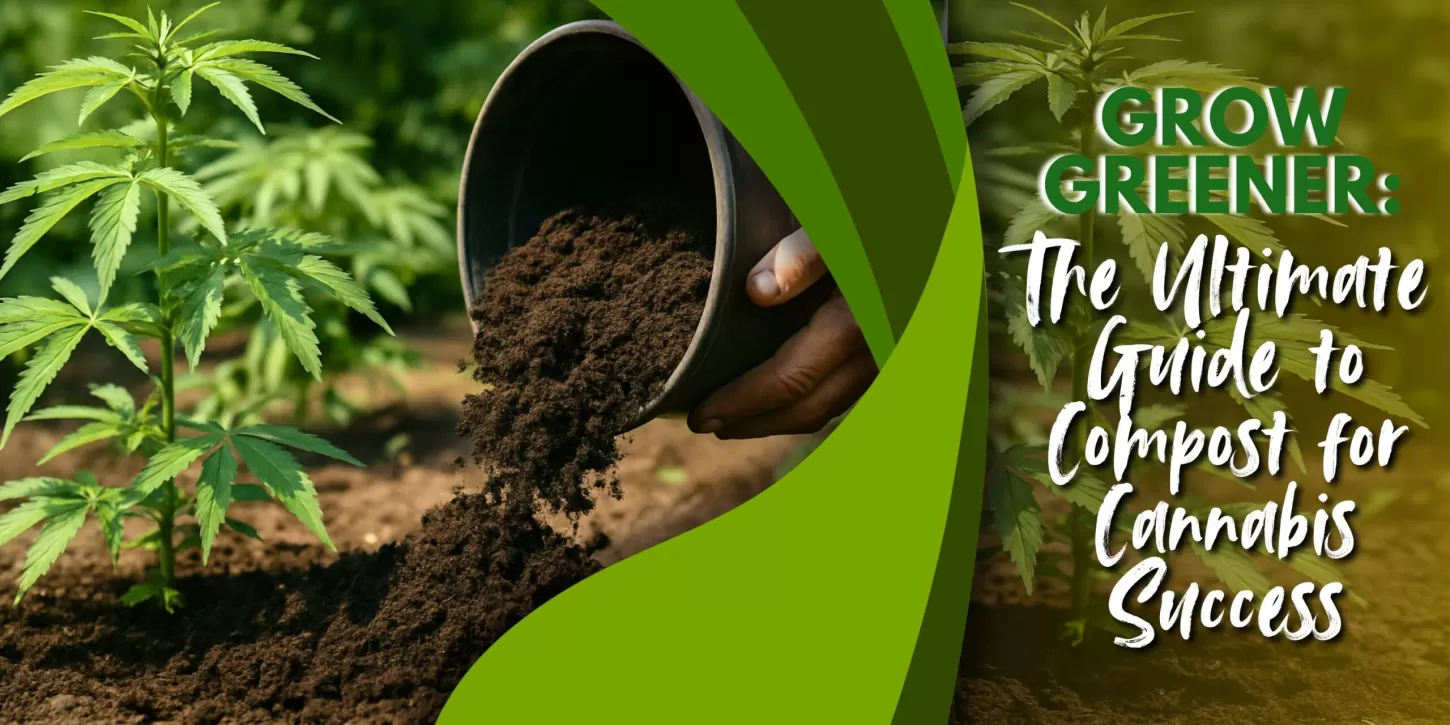
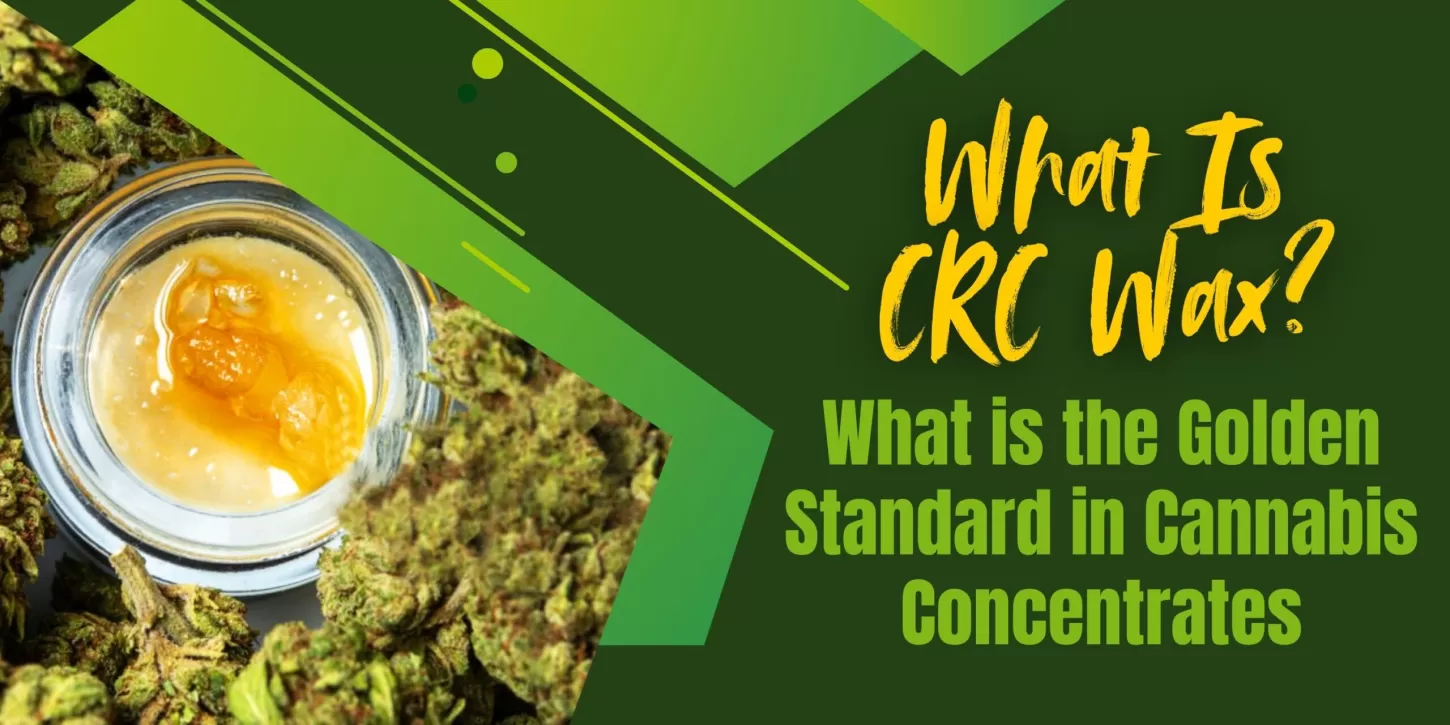
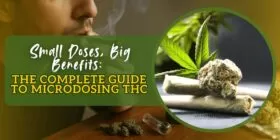



Explore a world of possibilities with VancouverSeedBank.ca. Your premier source for premium cannabis seeds, delivering quality, variety, and discreet shipping for a seamless growing experience.


Are You 18 Or Over?
By selecting “Continue”, you confirm that you are at least 18 years of age and legally permitted to access cannabis related content in your region.
By using Vancouverseedbank.ca, you agree to our terms of service.